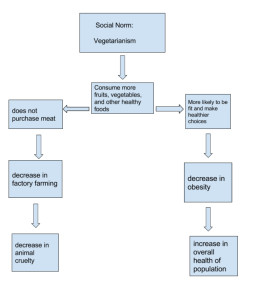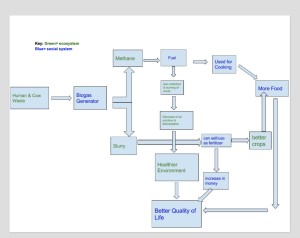Learning Activity:
Pt 1: Explain what biodiversity is and why it is important. Also explain how it relates to your own life and give examples of potential threats in your home town.
Pt 2: Explain the difference between an extinct and endangered species. Then choose an example of each and explain the causes for the species resulting in becoming endangered or extinct and if there are any measures being taken to prevent the endangered species from becoming extinct.
1.) Biodiversity is the variation and abundance of species in an area whether small scale or global. Biodiversity is extremely important to humanity. Anthropocentrically certain species provide us with food, medicine, other necessary materials and even for recreation. Ecocentric reasoning would include that organisms have a greater purpose beyond serving humans. People that view biodiversity with an ecocentric view get a feeling of fulfillment from protecting and preserving other species. I am from Williamsport, PA which is about an hour north of State College. One endangered species that could disrupt the biodiversity in my hometown is the Indiana bat. The Indiana bat is native to PA and is a major predator of pesky insects such as mosquitos. This species has become endangered mainly because of human disturbance of hibernation causing them to burn up all of their stored fat and die in the middle of Winter. The extinction of this bat could result in a negative impact on the people of Pennsylvania. An extinct bat species can mean an increase number in disease carrying insects such as mosquitos which can be harmful to the population. Over the years, even just in my hometown I have noted seeing fewer and fewer bats and an increasing number of mosquitos each year.
2.) An extinct species means that there are no longer any individuals of this species alive. An endangered species simply means that a species is at a serious risk of becoming extinct. My example of an extinct species is the ever famous dodo bird. The dodo bird lived on the islands east of Madagascar in the Indian Ocean. It was a flightless bird that both ate and nested on the ground. The primary cause of its extinction was due to the introduction of predators to the islands such as dogs and pigs from Dutch sailors. The dodo bird was over hunted for its meat which also led to its extinction. The common carnivorous plant; the venus fly trap is an example of an endangered species. The venus fly trap is native to the subtropical wetlands on the east coast of the U.S. This plant is popular in retail and many of these plants were taken right out of the ground in their natural habitat. Due to over harvesting the venus flytrap has become endangered. In order to help protect this amazing plant, taking a venus fly trap from the wild is now illegal and instead are now grown in greenhouses in various parts of the country.



